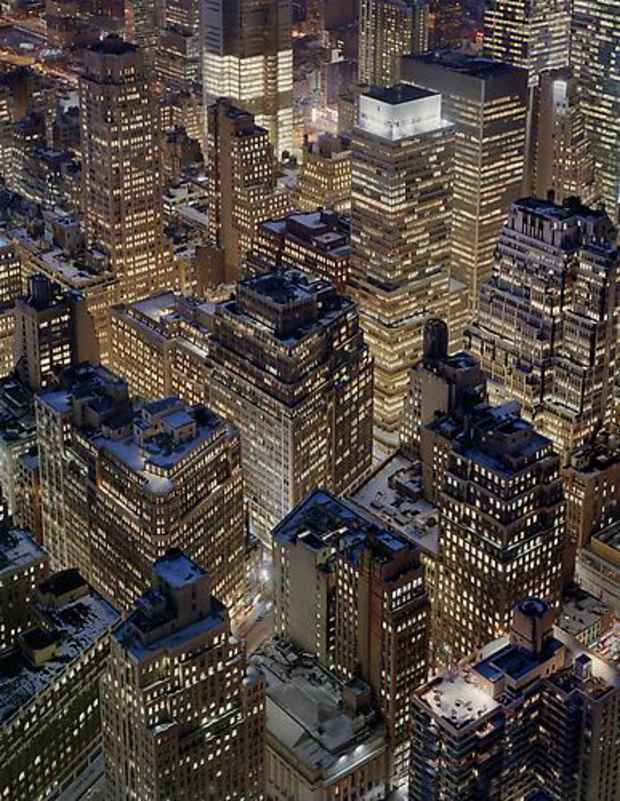"Location" Exhibition
Danziger Gallery

This event has ended.
The exhibition "Location" looks at some of the many ways the concept of location in photography differs from "landscape". In geography, location is a position or point in physical space that something occupies on Earths' surface. In photography, location has multiple meanings ranging from the practice of selecting a specific place as an environment for taking pictures outside of the studio to being the subject of the photograph itself. A location photograph pictures a place that speaks to the photographer, but what he or she does with this feeling is as much a part of the photograph as the exact geographic co-ordinates pictured. Unlike the landscape photographer, the location photographer is not just observing, but controlling and provoking a collaboration with the place photographed.
Like a photographic portrait, a photograph of a location can never be entirely objective. The time, light, vantage point taken by the photographer, and degree to which the photographer intervenes with the location all come to bear on the final product. By this definition, the location photograph is a conceptual act.
In this exhibition the idea of location is broken into four separate categories. In the first, exemplified by the photographs of Scott Peterman, Len Prince, and Beate Gutschow – a traditional landscape or cityscape is revisited and reinterpreted by the artist. This can be as straightforward and post-modern as Peterman and Prince's re-photographing of iconic places or as untraditional as Gutschow's computer based photographic re-imaginings of 18th century landscape painting.
The second category deals with the juxtaposition of art and interior location – handled in a relatively objective way by the Italian architectural photographer Alberto Narduzzi – whose shot of the lobby of the Byblos Art Hotel near Verona presents a startling look at a luminous Alladin's cave of art; and in a highly manipulated way by the Cuban-American Abelardo Morell - whose camera obscura pictures conjoin interior and exterior in a brilliant and original conceptual way.
The third category deals with invention, intervention, and photographic manipulation. Jack Pierson cuts and arranges chunks and scraps of photographs to create photomontages bursting with a sense of location often truer to the spirit of the place photographed than any individual photograph could be. Justine Kurland takes a different approach bringing a cast of "actors" into her location where she creates vivid and realistic vignettes of imagined scenarios. Susan Derges creates photograms in nature, taking large pieces of color photographic paper into Devon's River Taw and flashing the paper and freezing the moment as water and foliage stream by in the river's current.
Finally Melanie Schiff and Christophe Maout explore the relationship between man and nature, past and present, and how civilization (or the lack of) alter the natural location - in Schiff's photographs looking at the flowering graffiti that decorates a hidden skate pipe at the base of Mount Baldy in Southern California; and in Maout's work - contrasting the natural foliage that manages to still exist in a big city to Parisian modernist architecture.
[Image: Scott Peterman "New York City" (2007) 24 x 20 in.]
Media
Schedule
from May 01, 2009 to June 26, 2009